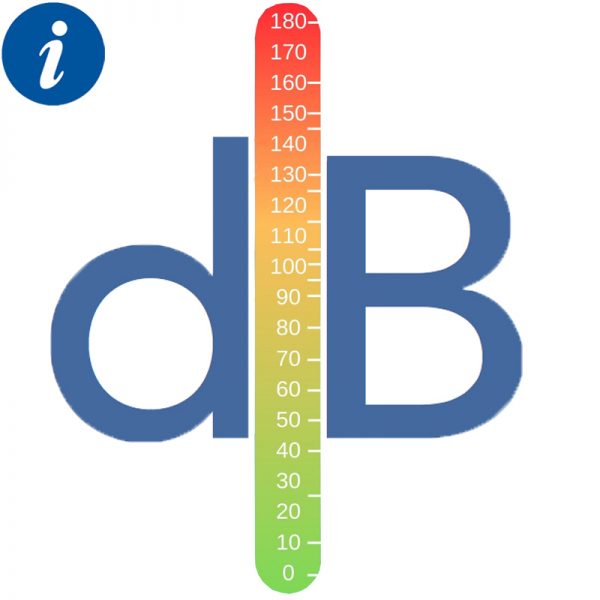TRUCK, BUS, POWER-GENERATION, EARTHMOVING & MARINE SPARES SINCE 1963
Reducing Noise Levels
Reducing Noise Levels
HIGH NOISE LEVEL LOCATIONS
1. Fan Noise – Excessive fan speed is the biggest noise source in this area. This can be controlled by the use of a temperature controlled or thermostatic fan. Other noise concerns are bent fan blades and broken or missing shrouds.
2. Air Intake – Both the type of system and the location of the inlet affect the truck noise level. Air inlets that open to the side are generally noisier than those that do not.
3. Mechanical Noise – The engine and drive train are the major source of noise. Operating speed, type of engine and drive train all affect the total noise level. Shielding the exposed areas with acoustic barriers will reduce noise levels. Generally, any part of the engine or drive train that can be seen while standing away from the truck will contribute toward the total vehicle noise level.
4. Tyres – Many times this is the major noise source at high speeds. The condition of the tyres and the tread pattern affect the noise level. At low speeds this is not a large noise source.
5. Exhaust System – Worn or inadequate exhaust systems are the largest and the most frequent contributor to high noise levels. A visual inspection and repair of leaking connections or replacement of failed components will noticeably reduce noise levels. If the noise level is still too high, the addition of resonators, packed stacks or a change in mufflers is recommended. The muffler application and performance section of this catalogue will give you the recommended mufflers for your particular engine and system configuration.
SPECIFIC WAYS TO REDUCE EXHAUST NOISE LEVELS
1 . Worn or leaking _flexible tubing is a common noise source. Replace the part if necessary. The service life of _flexible tubing can be improved if it is installed in a relaxed position. Bending, stretching and compressing all reduce life because they limit the tubing’s ability to “_ex”.
2. The entire exhaust system should be well supported. This will reduce the noise generated by the exhaust pipes and the muffler shell. Care must be taken to isolate engine vibration from the exhaust system and to provide for expansion when the system is hot.
3. The addition of an universal resonator in the system will generally reduce the exhaust noise level from 3 to 6 dBA. Packed stacks would reduce the noise level 3 to 4 dBA. Both items have a minimal effect on engine backpressure.
4. Change from a single to a dual system. For maximum benefit, special “dual only” mufflers are usually recommended. Lower system backpressure is generally an additional benefit of dual systems.
5. On horizontal systems, the tail spouts should be pointed towards the center of the roadway. This reduces the noise reflected off the road surface and perceived by kerbside observers to be quieter.
6. On vertical systems, straight stacks will yield lower sound levels than will curved stacks. Straight stacks direct the noise upward, where curved stacks direct noise towards the observer.

